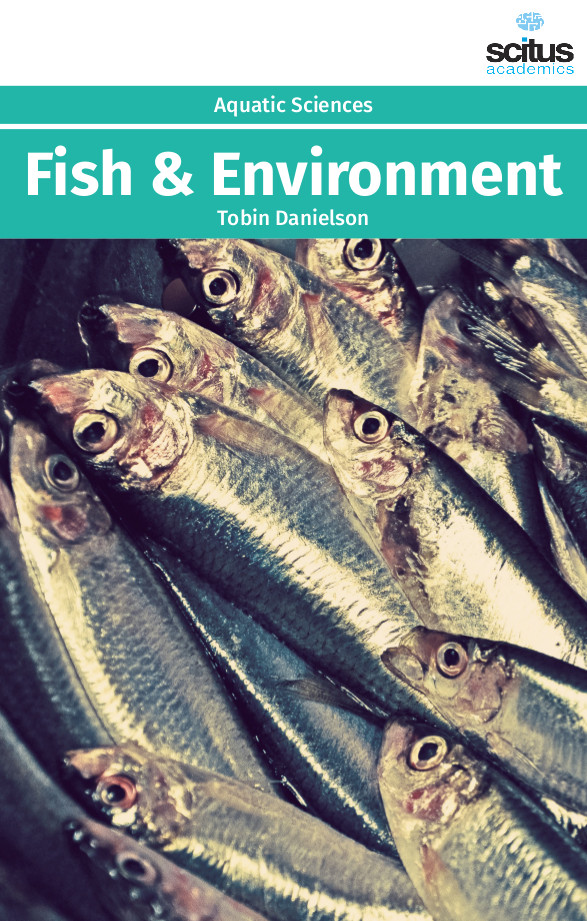The first impact aquaculture has is on the surrounding environment the specific operation exists in, with a primary concern being pollution. A successful fish farm, for example, requires fish meal to sustain its stock. As with any other agricultural practices, the consumption of food by the stock results in waste products. Because the population of a species in a fish farm is significantly more dense than what would occur naturally, the waste products generated are more concentrated as well. For a fish farm, if it were left unchecked, the living conditions for the stock would soon become too toxic for survival. And if the possibility exists for those water products to leave the pond or culture tank, surrounding life forms will be negatively impacted too. For cages or nets at sea, those waste products are able to contaminate the surrounding marine areas. is the extension of fishing, resulted from the fact that harvests of wild sources of fish and other aquatic species cannot keep up with the increased demand of a growing human population. Expansion of aquaculture can result with less care for the environment. The first pre-requisite to sustainable aquaculture is clean wate, but bad management of aquatic species production can alter or even destroy existing wild habitat, increase local pollution levels or negatively impact local species. Poorly managed fish farms can also be a haven for disease, such as fish lice. While the lice are detrimental to the health and quality of the fish, other diseases can actually have an impact on the fish farmers and local inhabitants as well. With an expanding population, changing environmental conditions and advancing fishing technologies, there is an increasing challenge to ensure our fish resources continue to be harvested sustainably. This involves taking an integrated approach taking into account a wide range of social, economic and environmental factors in determining how we manage our fish resources.
This volume ‘Fish & Environment’ covers original studies on the ecology, life history, epigenetics, behavior, physiology, morphology, systematics and evolution of marine and freshwater fishes that deal with the relationship between fishes and their external and internal environment, whether natural or unnatural. The book presents recent research results on the interaction between aquaculture and environment, and includes several case studies all over the world with the aim of improving and performing sustainable aquaculture. A wide variety of students, scientists, researchers and other will benefit from this book.













